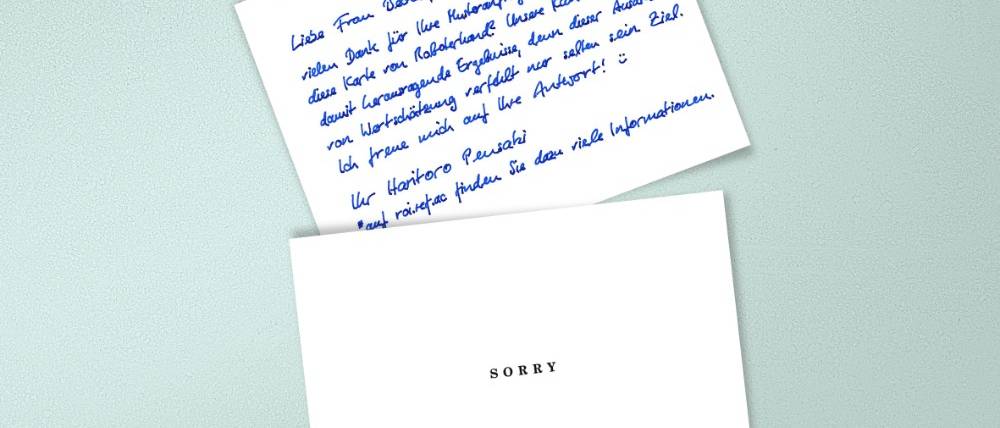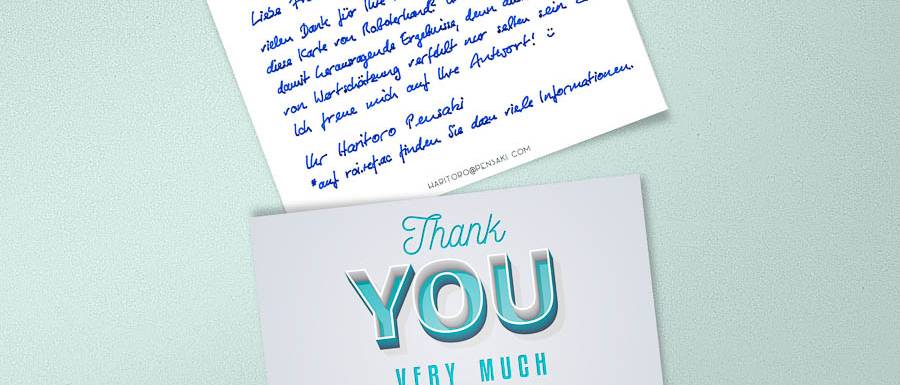Incorporating handwritten thank you notes into your customer experience strategy can have a profound impact on customer satisfaction. They show customers that you value their feedback and are committed to improving their experience. While handwritten notes may require more effort than digital communication, the long-term benefits make them a valuable investment. Consider partnering with Pensaki to make this practice more scalable and cost-effective, ultimately strengthening your brand and customer relationships. Remember, a message on paper signifies that the customer is more than just an entry in your CRM; they are a valued part of your business.
Strengthen Customer Relationships and Improve Your Brand
Handwritten thank you notes hold a special power in making customers feel valued and appreciated. Beyond personal interactions, businesses can harness this practice to enhance customer satisfaction, especially when addressing issues. In this article, we explore the impact of handwritten thank you cards and how they can be a game-changer in your customer experience strategy.
Crafting Thoughtful Handwritten Notes
Unlike quick emails, handwritten notes demand more thought and attention. Their rarity makes them memorable. When you receive one, it signifies that someone took the time to think about you. From penning the message to mailing it, every step shows dedication. Businesses should consider the profound impact these notes can have on customers.
Customer Experience as a Competitive Advantage
A positive customer experience sets you apart from competitors. According to Deloitte, 62% of companies view customer experience as a competitive differentiator. Managing negative feedback is crucial. Mishandling it can lead to adverse consequences, with 26% of consumers more likely to share bad experiences than good ones.
The Power of Apologizing
Turning negative feedback into an opportunity is vital. A sincere apology can be more effective than financial compensation. Research shows that 44.8% of customers respond positively to a well-worded apology, remaining loyal to the brand. Handwritten sorry notes demonstrate your commitment to addressing their concerns.
The Impact of Handwritten Thank You Notes
Handwritten notes are hard to discard due to the effort invested in creating them. Customers may keep them, reinforcing your brand’s exceptional customer service in their minds. However, concerns about scalability and cost may arise.
A Scalable Solution with Pensaki
While creating handwritten letters may seem challenging, Pensaki offers an affordable and scalable solution. Using authentic handwriting with real fountain pens, Pensaki crafts personalized thank you letters for your clients. It’s a white-label service that ensures each customer feels valued, even in a digital world.
Be smart and sign up for our newsletter!
Your competition keeps itself up to date.

